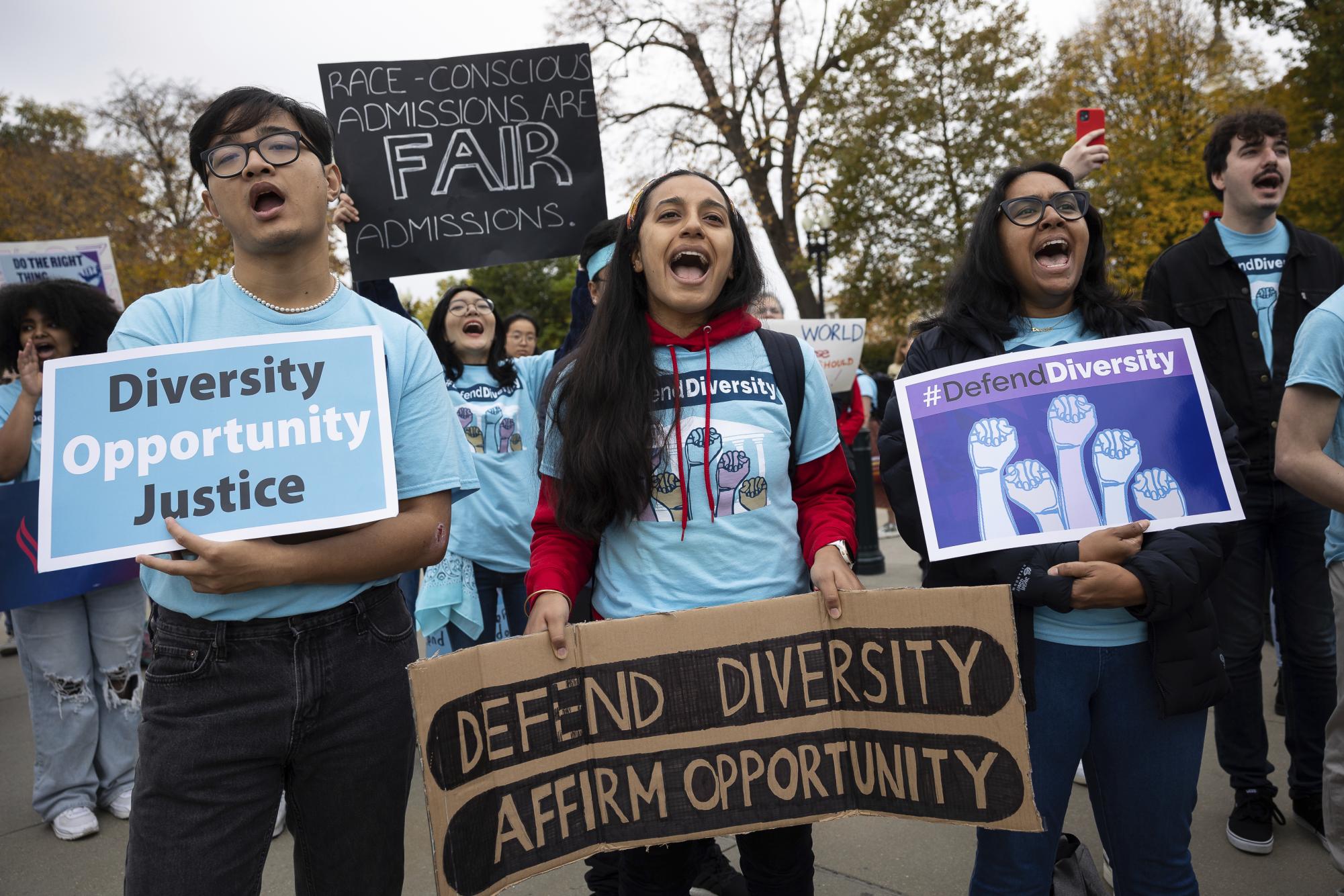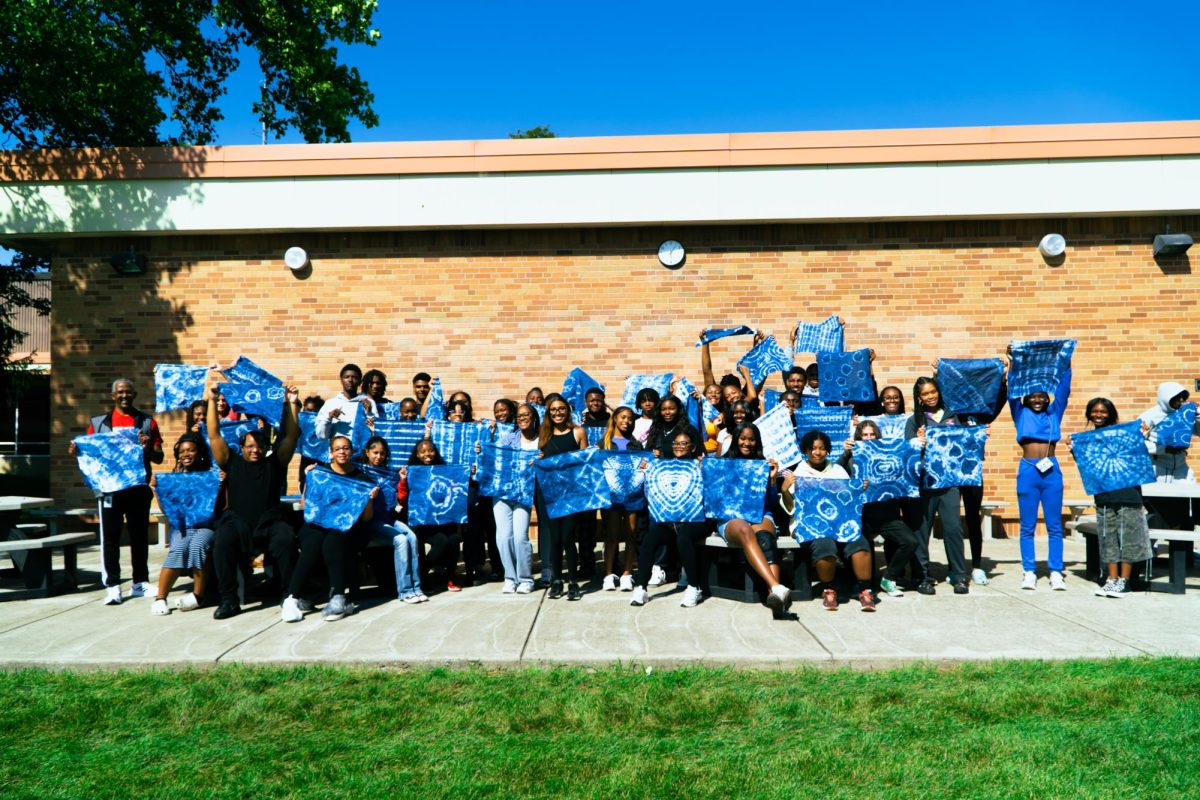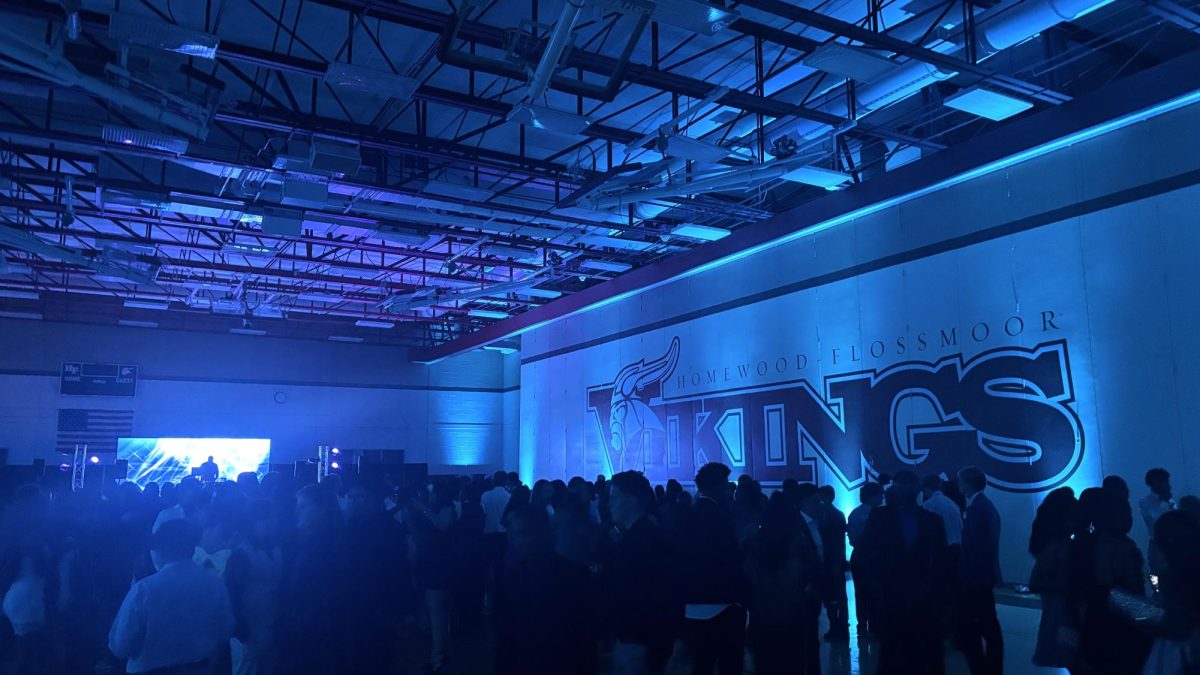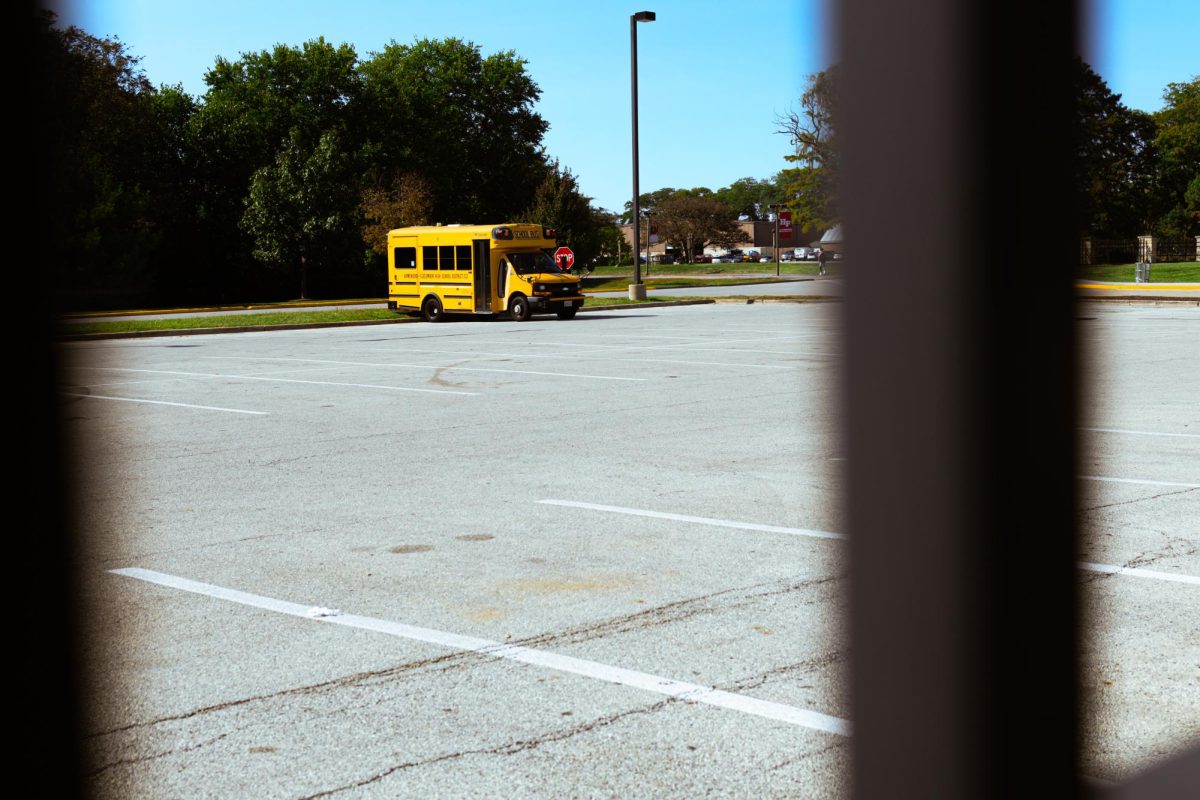The Supreme Court of the United States ruled to ban affirmative action in US schools on June 9, 2023, and the high school Class of 2024 was the first to apply to college without the admissions practice.
Many elite colleges are seeing preliminary effects, such as Tufts University, the Massachusetts Institute of Technology (MIT) and Amherst College, which all have experienced moderate to severe dips in Black student enrollment at their schools, among many other elite institutions.
According to Amherst’s admissions dean, Matthew L. McGann, in an interview with The New York Times, “As a consequence of the Supreme Court’s decision, the incoming class is not as racially diverse as recent classes have been,” McGann said. “Other institutions have seen a similar impact, and all colleges and universities are evaluating the outcomes of this first admission cycle under the new legal standard.”
However, H-F’s college counselors Brad Kain and Kevin Coy have not seen any change in the post-affirmative action application cycle within the school. Coy described that, at the time of the Supreme Court decision, he and Kain had concerns about how it might affect the H-F student body.
“To be honest I was a little upset by it because I thought that our students would be affected by it,” Coy said. “But after going through it, it’s the same process that it always has been, at least from our standpoint. We haven’t seen a negative impact on our students, which is a good thing.”
Neither counselor has noticed a significant increase or decrease in any part of the H-F student body’s ability to be accepted to elite colleges and universities since the decision. “We have not seen a big change in anything that happened here,” Kain remarked.
As far as changes on the H-F applicant side, there has also not been much. Last year, questions arose on a national level about whether some students may incorporate their race into their college essays to indicate their ethnicity to schools.
The answer to this appears to be a definitive no. According to Kain, “Off the top of my head, I can’t tell you one essay that I’ve read this year where race was brought into that essay.”
He continued to warn that writing about race could be a risky choice for students. “There are ways to do it tactfully and respectfully, and meaningfully, but you have to be careful how you do it.”
Coy added that, with race, sexuality or other sensitive topics, “you never know who’s on the other side of that, reading that, and what they’re saying, so we talk to the students about walking that fine line.”
Affirmative action was a practice which ensured responsibility for colleges to enroll students of diverse racial and ethnic backgrounds. While many of the effects seen at H-F appear minute or even nonexistent, universities have dismantled the system with which they can measure their success in diversifying the student body.









